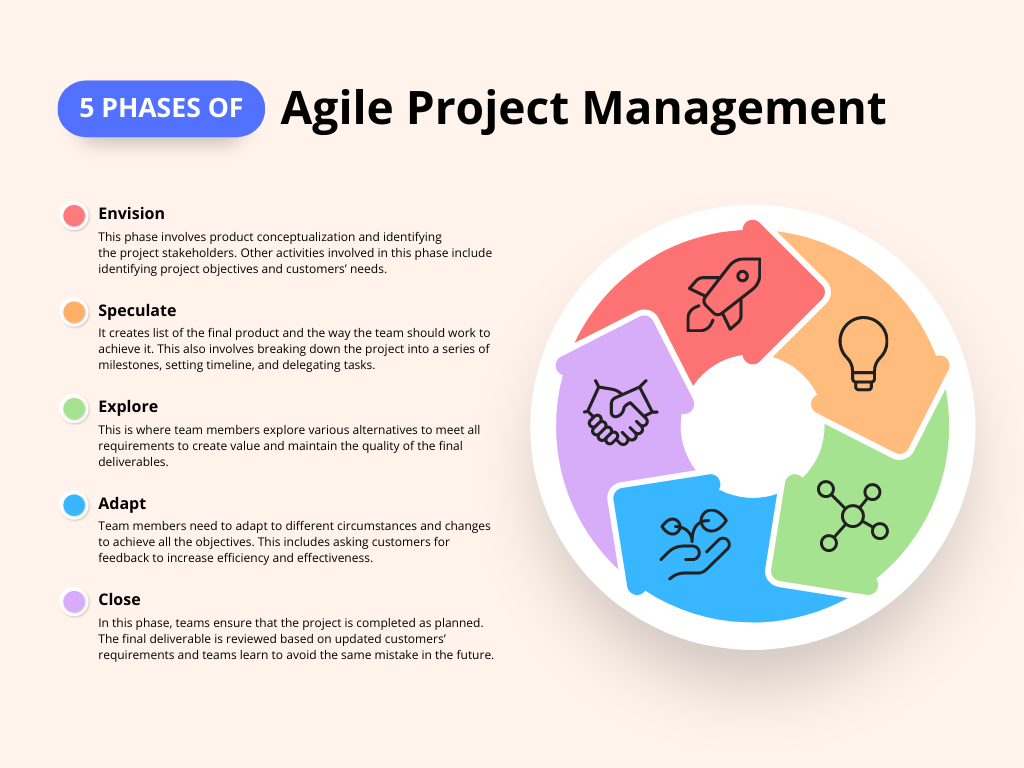
Project portfolio management or PPM is an approach used by organizations to centralize the management of several projects while optimizing resources and attaining organizational goals. PPM results in several benefits for the organization, some of these being better decision-making around prioritizing projects, improved visibility, and faster delivery of all optimized projects.
But to pull off a centralized approach to project management comes with challenges. Many organizations find it difficult to implement project portfolio management. In this article, we consider four challenges associated with project portfolio management and the solutions you can apply to such challenges as a resilient project manager.
Challenges Associated with Project Portfolio Management

1. Lack of effective resource allocation and capacity planning
Resource allocation and capacity planning is the process of managing and distributing resources which may be personnel, equipment, time, and budget across several projects in an organization’s project portfolio. This challenge commonly arises because, more often than usual, many organization’s resources are usually stretched thin, and the demand for them exceeds their availability. Because they operate on limited resources, inefficiencies and delays amidst other problems can occur during project execution and delivery.
Solution:
- Implement a resource management system that offers visibility into the availability and allocation of resources to help project portfolio managers make informed decisions and prevent overloading on specific projects.
- Create a shared resource pool across several projects to enable better resource utilization.
2. Absence of strategic alignment and prioritization
Prioritization and strategic alignment involve selecting and sequencing projects within a portfolio based on how they align with the organization’s strategic goals and objectives. Choosing the right mix of projects is crucial to maximize the value delivered and achieve the desired outcomes. If resources are put into projects that do not align with the organization’s goals, it can lead to wasted efforts. Furthermore, lack of clarity leads to confusion and hinders decision-making among teams.
Solutions:
- Develop a strategic framework that outlines the organizational goals and objectives in detail.
- Ensure that resource allocation is aligned with the projects that top the order of priority.
- Evaluate the potential risk associated with each project’s strategic alignment.
- Involve important stakeholders in the prioritizing process to ensure the project reflects the perspective of different stakeholders.
3. Non-transparency
A lack of transparency in project portfolio management occurs when the stakeholders, team members, and other relevant parties do not have clear visibility of the status, progress, risks, and benefits of the projects within the project portfolio. This happens because of inadequate communication or ineffective collaboration practices. And it can lead to conflicts, delays when making informed decisions, a hindrance to addressing problems in the project early enough, etc.
Solutions:
- Implement a central reporting system that provides immediate updates on project status, milestones, and risks.
- Create visualizations that present project information in a clear manner.
- Involve stakeholders in every stage of the project.
- Establish policies and guidelines that encourage and enforce transparency in project portfolio management.
4. Inadequate data and metrics
This is the lack of access to adequate information and KPIs needed to measure and manage a project within a project’s portfolio. The challenge can arise from a lack of standardized reporting, inconsistent data collection, and various sources. Inadequate data can limit the ability to evaluate project health, identify trends, and allocate resources optimally. It also makes it hard to demonstrate the importance of the project to relevant shareholders and track the progress toward set goals.
Solutions:
- Identify and define a set of metrics and KPIs that align with the organization’s strategic objectives.
- Implement standard data collection processes across projects to ensure accurate data capturing.
- Integrate data from various sources such as financial systems and data management platforms.
- Use data analytics and visualization tools to gain insights from project data.
- Encourage collaboration among project teams, data analysts, and project portfolio managers to ensure accurate data is collected and used.
- Train team members and project managers on the importance of data collection and how it contributes to project portfolio management and project success.
Wrapping Up

It is quite common and easy for these challenges to spring up while carrying out a centralized approach to project portfolio management. However, the solutions listed in this article can help you to solve these challenges when they do occur. Generally, following the best practices of project management will keep you a step ahead of most challenges associated with project portfolio management.







